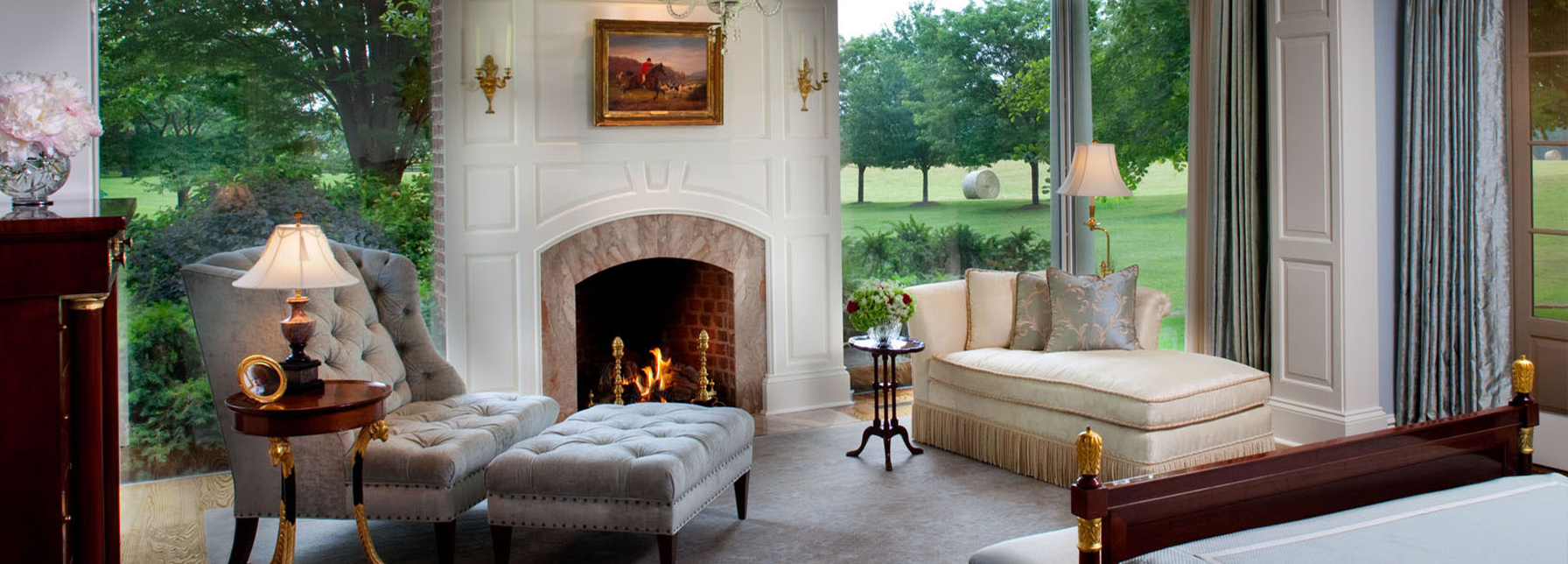
Aging in Place Home Design
Understanding Aging in Place
Aging in Place is a term that resonates with many seniors today. It refers to the ability of individuals to live in their own home and community safely, independently, and comfortably, regardless of age, income, or ability level. This concept is increasingly important as our population ages. By 2030, it’s projected that 20% of the US population will be 65 or older.
Why is aging in place gaining popularity? The benefits are manifold. Firstly, it allows seniors to maintain a sense of independence and control over their lives, which is crucial for mental health and well-being. There’s comfort and familiarity in staying in a home filled with memories, near friends and community networks.
Moreover, aging in place can be a cost-effective alternative to expensive assisted living facilities or nursing homes. It also supports the psychological need for continuity, which is vital for the emotional well-being of seniors. The familiarity of a long-term home can provide a sense of security and belonging that new environments may lack.
But for a home to be suitable for aging in place, thoughtful design is essential. Homes need to be adapted or built with features that accommodate the changing needs of older adults. This is where home design plays a pivotal role. It’s not just about aesthetics; it’s about creating a functional, safe, and comfortable living space that adapts to the evolving needs of its inhabitants.
In the next sections, we’ll delve deeper into the essential design principles and specific modifications that can transform a regular home into a haven for aging in place.
Essential Design Principles
When designing a home for aging in place, there are four fundamental principles to consider: Accessibility, Adaptability, Safety, and Comfort. These principles ensure that a home will continue to be a suitable and supportive environment as its occupants age.
1. Accessibility: This is the cornerstone of aging-in-place design. Homes should be easy to navigate, particularly for those who may have mobility challenges. Features like single-story living, wide doorways, and open floor plans are essential. It’s about creating spaces that are easily approachable and usable by all, regardless of physical ability.
2. Adaptability: Homes should be flexible enough to accommodate future needs. This includes having features that can be easily modified as a person’s physical abilities change. For instance, adjustable cabinetry in kitchens and bathrooms, or reinforcements in bathroom walls to allow for future installation of grab bars, are practical examples of adaptability.
3. Safety: As we age, the risk of accidents and injuries at home increases. To mitigate these risks, safety-focused design elements are crucial. Non-slip flooring, good lighting, and minimal thresholds can prevent falls. Fire safety measures and emergency response systems also play a vital role in ensuring a safe living environment.
4. Comfort: Last but not least, comfort is key in aging-in-place design. Homes should be places where seniors feel relaxed and at ease. This involves ergonomic design elements that reduce strain, effective heating and cooling systems for temperature regulation, and ample natural light, which is not only good for vision but also for overall well-being.
By integrating these principles into home design, we create environments that not only cater to the immediate needs of seniors but are also well-prepared for their future requirements. In the next section, we will explore specific home modifications that embody these principles and make aging in place a practical and comfortable option.
Key Home Modifications
To make a home truly suitable for aging in place, certain modifications are essential. These changes focus on enhancing accessibility, safety, and comfort, catering to the evolving needs of seniors. Let’s explore some of these key modifications in various parts of the home.
Entryways, Hallways, and Stairs:
- Entryways: Consider creating a no-step entry, as steps can be a major hurdle. If space allows, ramps can be a great alternative. Ensure that the entryway is well-lit and has a sheltered area to protect against weather elements while unlocking the door.
- Hallways: These should be wide enough to accommodate mobility aids, like walkers or wheelchairs. A minimum width of 36 inches is recommended. Good lighting is essential to prevent trips and falls.
- Stairs: If the house has multiple levels, consider installing stairlifts or home elevators. For those who can manage stairs, ensure sturdy handrails on both sides for added safety.
Kitchen Design:
- Countertops and Cabinets: Adjustable-height countertops are ideal. Pull-out shelves and lazy Susans in cabinets improve accessibility. Levers or hands-free taps and easy-grip handles on drawers and cabinets can ease the use for those with limited hand strength.
- Appliances and Storage: Place the microwave at countertop height, and consider side-by-side refrigerator models. Drawers are often more accessible than deep shelves in lower cabinets.
- Flooring: Opt for slip-resistant flooring to reduce the risk of falls.
Bathroom Safety:
- Showers and Tubs: Walk-in showers with a bench and handheld showerheads are best. If a tub is preferred, walk-in tubs are available. Non-slip mats inside and outside the bathing area are crucial.
- Toilets: Higher toilets or adaptable toilet seat risers can aid those with mobility challenges. Consider space around the toilet for maneuverability.
- Grab Bars: Install grab bars in the shower, near the toilet, and other strategic areas. Ensure they are securely fixed and positioned for easy reach.
These modifications, while seemingly small, can have a profound impact on the livability of a home for seniors. They ensure that the home is not only a comfortable place to live but also a safe and accessible one. In the next section, we’ll delve into how smart home technologies can further enhance the aging-in-place experience.
Smart Home Technologies
Incorporating smart home technologies can significantly enhance the aging-in-place experience, offering convenience, safety, and even health monitoring. Here’s how modern technology can be integrated into home design to support independent living for seniors.
1. Automated Lighting and Environmental Controls:
- Lighting: Automated lighting systems can be programmed to turn on and off at certain times or in response to motion, reducing the risk of falls during the night. Smart bulbs can also adjust brightness and color temperature to suit different needs and times of the day.
- Thermostats: Smart thermostats allow for easy temperature control and can be adjusted remotely, ensuring comfort without the need to physically interact with the device.
2. Voice-Activated Systems and Assistants:
- Voice-controlled devices like Amazon Echo or Google Home can be immensely helpful. They allow seniors to perform tasks like making phone calls, sending messages, setting reminders, or controlling other smart devices, all hands-free.
- Such systems can also provide entertainment, like reading audiobooks or playing music, which is beneficial for cognitive health and overall well-being.
3. Security and Safety Features:
- Smart security systems offer features like doorbell cameras, motion sensors, and automatic locks, enhancing the safety of seniors at home. These systems can often be monitored remotely by family members or caregivers.
- Emergency response features in some systems can detect falls or unusual inactivity and alert emergency services or caregivers, providing peace of mind for both seniors and their families.
4. Health Monitoring and Medical Alerts:
- Wearable devices can track vital signs like heart rate and sleep patterns. Some can even detect falls and send alerts to emergency contacts.
- Telehealth and remote monitoring tools allow for regular health check-ups without the need for physical travel, which is especially beneficial for those with mobility issues or chronic health conditions.
By integrating these smart technologies into the home, seniors can enjoy a higher level of independence and quality of life, while also ensuring their safety and well-being. As technology continues to advance, the potential for its application in aging-in-place scenarios only grows.
In the next section, we’ll explore the importance of creating a supportive living environment, including the role of community and outdoor spaces.
Creating a Supportive Living Environment
While modifications and technology are crucial for aging in place, the overall living environment plays a significant role in the well-being of seniors. Creating a supportive and engaging living space involves more than just interior design; it’s about fostering a sense of community and ensuring access to necessary services.
Community and Social Interaction:
- Importance of Social Connections: Isolation can be a significant issue for seniors living alone. Designing homes with spaces for social interaction, like community areas or gardens, encourages engagement with neighbors and friends.
- Accessibility to Community Services: Proximity to healthcare facilities, grocery stores, and community centers is vital. Easy access to transportation services can also help seniors maintain their independence and social connections.
Outdoor Spaces and Nature:
- Benefits of Outdoor Areas: Access to gardens, patios, or balconies can greatly enhance mental and physical health. Spaces for gardening, walking, or simply relaxing outdoors can provide therapeutic benefits and improve mood and cognitive function.
- Safety in Outdoor Design: Ensure outdoor areas are safe and accessible. This includes slip-resistant surfaces, adequate lighting, and comfortable seating.
Home Location and Surroundings:
- Choosing the Right Location: Consider the neighborhood’s overall safety, walkability, and availability of services. A location that supports an active lifestyle with parks, walking trails, and community events can greatly contribute to the quality of life.
- Integration with the Wider Community: Design that facilitates interaction with the wider community, such as paths connecting to nearby neighborhoods or communal spaces for events, can help seniors feel less isolated and more a part of the society.
Creating a supportive living environment for aging in place is about balancing personal independence with community integration. It’s about designing homes and neighborhoods that not only cater to the practical needs of seniors but also nurture their emotional and social well-being. This holistic approach ensures that aging in place is not just about living independently, but living well.
Conclusion
As we’ve explored throughout this blog, aging in place is a viable, beneficial option that empowers seniors to maintain their independence and dignity in the comfort of their own homes. The thoughtful design of living spaces, incorporating accessibility, adaptability, safety, and comfort, is key to making this option a reality.
Home modifications, whether they are simple adjustments or major renovations, play a crucial role in facilitating a safe and comfortable environment. Additionally, the integration of smart home technologies not only adds convenience but also ensures safety and supports health monitoring, further enhancing the quality of life for seniors.

As your Aging Life Care Manager® and Certified Dementia Practitioner®, I guide families who want to “age in place.”
[email protected]
503-201-9711

